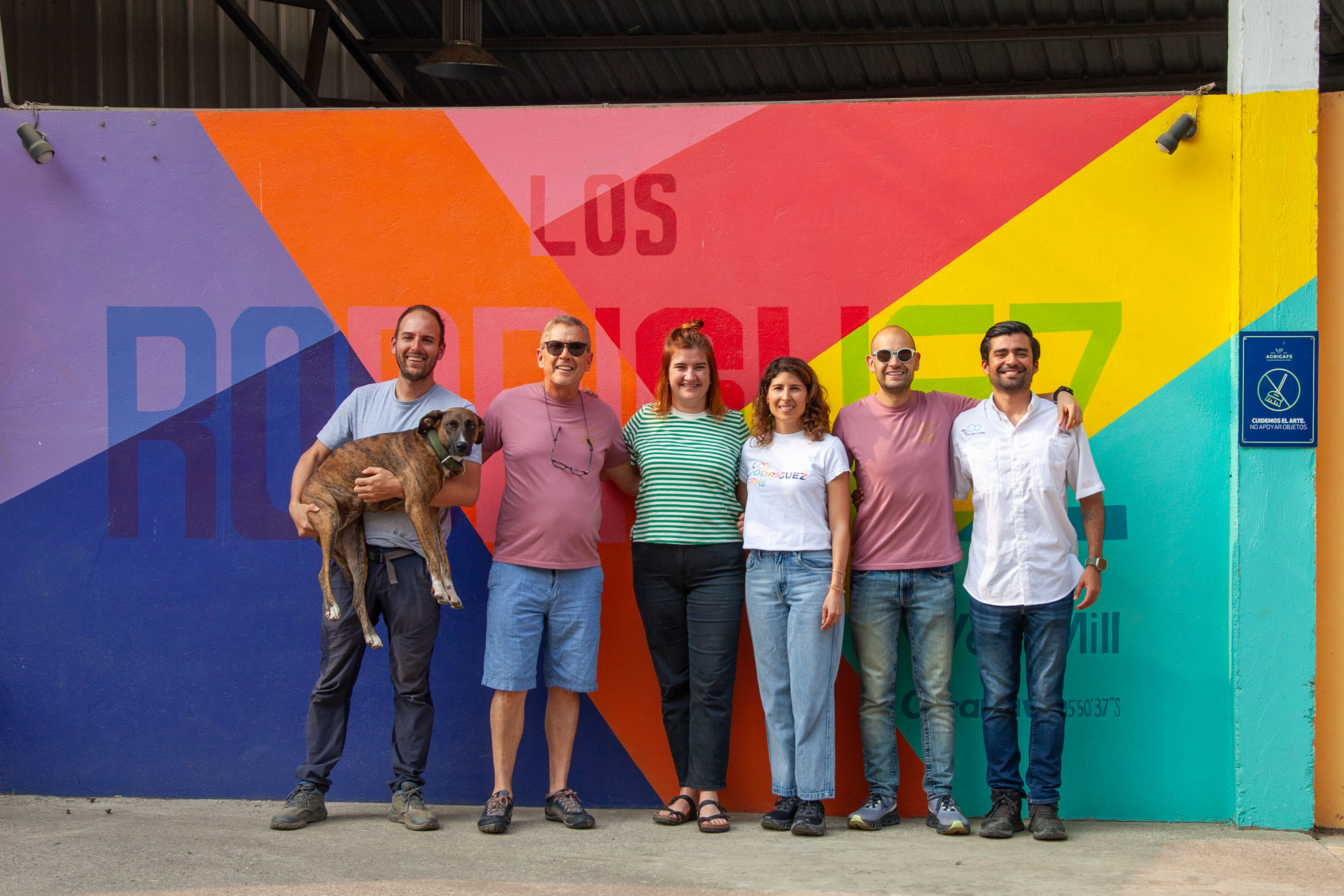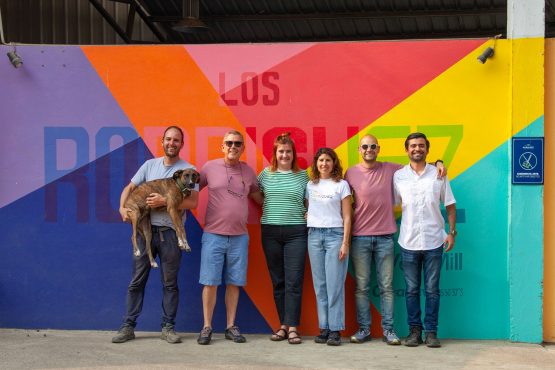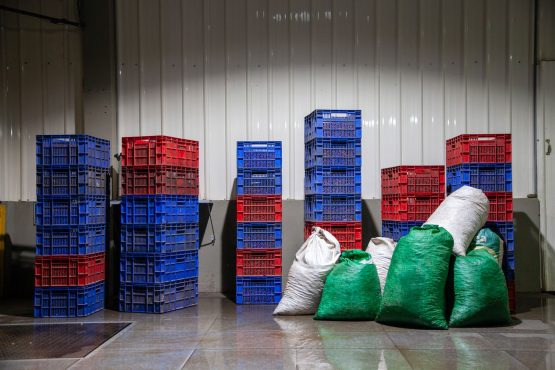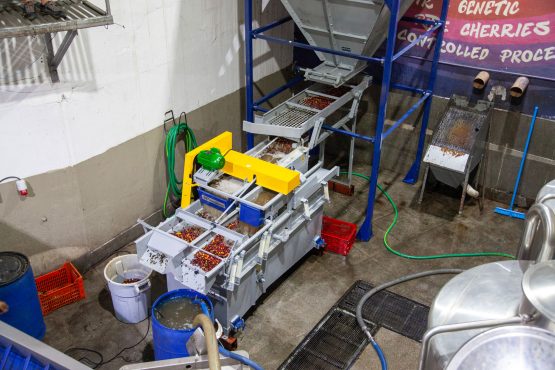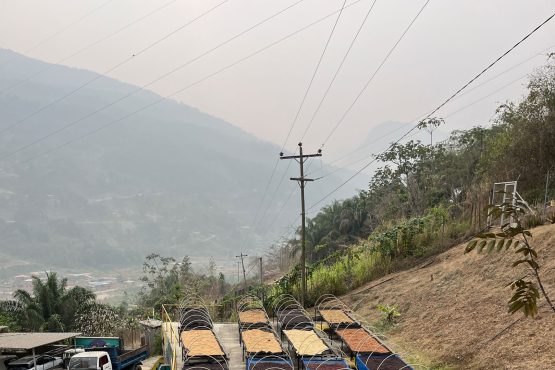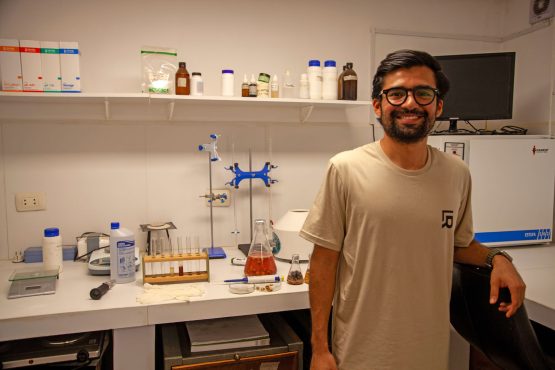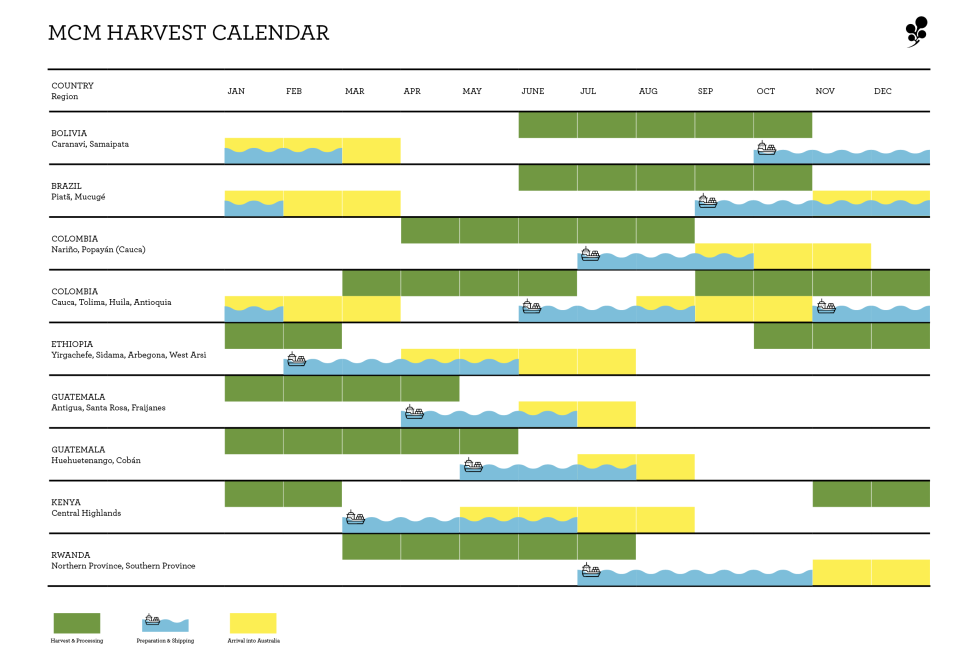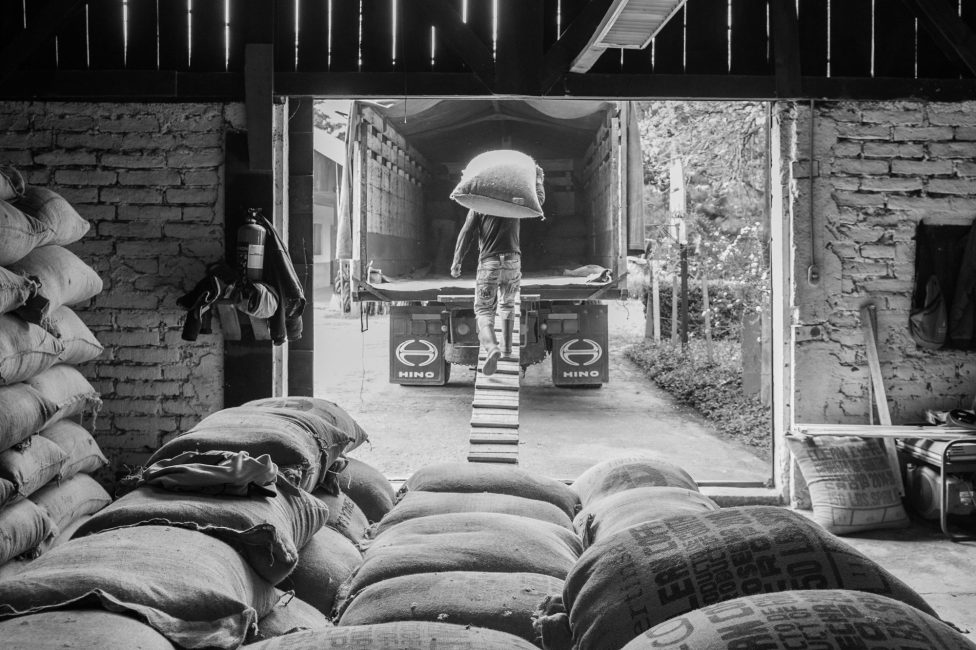Updates From The Road: Bolivia 2024
Our 2025 Bolivian line up has now landed and the coffees are ready for dispatch!
Sourced via our longtime partners at Agricafe Bolivia, this year’s shipment contains exceptional coffees from Fincas Los Rodríguez and from members of the Sol de la Mañana agronomy program. Our team has cupped the landed samples for internal QC and are pleased to report the coffees are tasting fresh and vibrant.
This year, our Bolivian spot offerings were extremely limited — the result of some decisions we made back when we booked the container in September 2024. The line up has almost sold out, with just a handful of bags available to order. Here, we share a little more about what informed our forecasting, and other insights we gained during our most recent trip to Bolivia.
Published 04 Mar 2025
Preparation for our annual sourcing trip to Bolivia took place over the months of August and September 2024. At that time, C-price was trending up — although it hadn’t yet hit the historical peaks of early 2025 — and we were uncertain of our roasting community’s tolerance for increased prices when the coffees landed some 5-6 months into the future. To minimise risk, we chose to be conservative with the volumes we booked, relying heavily on customers sharing their purchasing intentions to build out our brief. Knowing that the coffees were going to be relatively expensive, we worked extra hard to make sure each lot was outstanding, spending many hours in the cupping room selecting only the most elegant and complex lots. Special preparation and rare variety nano-lots were purchased solely on a pre-allocated basis, to fulfil specific requests communicated ahead of time.
As we started to show the coffees to customers, we quickly realised that despite increased pricing, demand would outweigh our supply this year. For those that have missed out this year, we apologise, and will endeavour to forecast more accurately for the 2025-26 season. Communication is key, so please let us know if you’re keen to feature Bolivian coffees in the future — it’s never too early to register your interest and we can also put you on a wait list for any coffees that happen to become available in the shorter term. In the meantime, read on for more updates and insights from the 2024-25 season!
Following the more troubled 2023 season, Agricafe Bolivia came into the 2024 harvest with several lessons learned. The previous year, an intense drought had resulted in a condensed harvest, with much of the Caranavi region’s coffee cherry ripening at around the same time and rate, creating challenges in operations at Buena Vista wet mill. Not only was space for drying parchment an issue, but the lack of rainfall also increased the cost of production, with Agricafe having to source extra water to complete the season.
The Rodríguez family’s mission for 2024 was to mitigate, however possible, the complications created by the effects of climate change, through lowering their water usage, and adding efficiencies to operations at Buena Vista. In true Agricafe fashion, the family invested in a new sorting machine (affectionately named ‘La Maravilla,’ which translates to ‘the wonder’) that recirculates and retains up to 95% of the water used when rinsing and separating the cherry by density. They’ve also purchased a larger depulper that uses considerably less water. Thanks to these changes, the mill is 70% more water efficient and processing capacity has increased by 50%.
On the fields, this year’s harvest started out strong: the climate was kind, with plenty of rain in the early half of 2024, and yields were on the rise. While heavy storms in March caused many trees to drop fruit before drought returned in May, both the Rodríguez family and the Sol de la Mañana producers they work with were feeling very positive about volumes for the season when we visited in August. For the region of Caranavi, it was a return to mild temperatures, which slowed down cherry maturation (thus requiring multiple passes), giving Agricafe enough time and space to manage the drying at Buena Vista efficiently and carefully. For the Sol de la Mañana smallholders, this slower pace eased the management of seasonal staff, and the costs associated with hosting them during the harvest.
Unfortunately, most Bolivians will remember 2024 as the year the country experienced its worst wildfires in recorded history, with over 10 million hectares of forest going up in flames between May and October. The smoke from the fires caused heavy air pollution during the tail end of the harvest — making the final weeks of the picking a challenge and preventing us from visiting farms during our time on the ground. While the extent of the damage to the local environment is yet to be fully quantified, the fires deepened concerns surrounding the sustainability of agricultural ventures in the heavily affected regions of Beni and Santa Cruz (where the Rodríguez family’s Samaipata farms are found). Amid the chaos, the Rodríguezes relied on their meticulous and careful processing practices to make the harvest a success. To fulfil this task, Agricafe enlisted the help of Adrián Silva, a chemical engineer, fermentation expert and coffee roaster who travelled from Mexico to spend the harvest managing operations at Buena Vista.
Over the last few years, Agricafe has built a robust database of the various chemical reactions they have seen occurring during fermentation. This record-keeping has informed which of the natural yeasts and bacteria found on the cherries they process are best-suited to be grown at their lab, and used to create solutions (which the Rodríguez family call coffee ‘mostos’) that are then used to catalyse fermentation. During the harvest, Adrian focused on testing the ability of different varieties to adapt to the mosto added, and their impact on flavour, to gain further insights into how to control and repeat different types of fermentation. As always, these efforts resulted in several stellar offerings — which we’re thrilled to be sharing with our roasting community.
The arrival of our Bolivian shipment is always an exciting time of the year, as evidenced by how quickly the line up was snapped up. Every year is a learning experience for us and we thank all of you for your patience and understanding in this situation — we’ll use this experience to better anticipate demand from the upcoming 2025-26 season.
